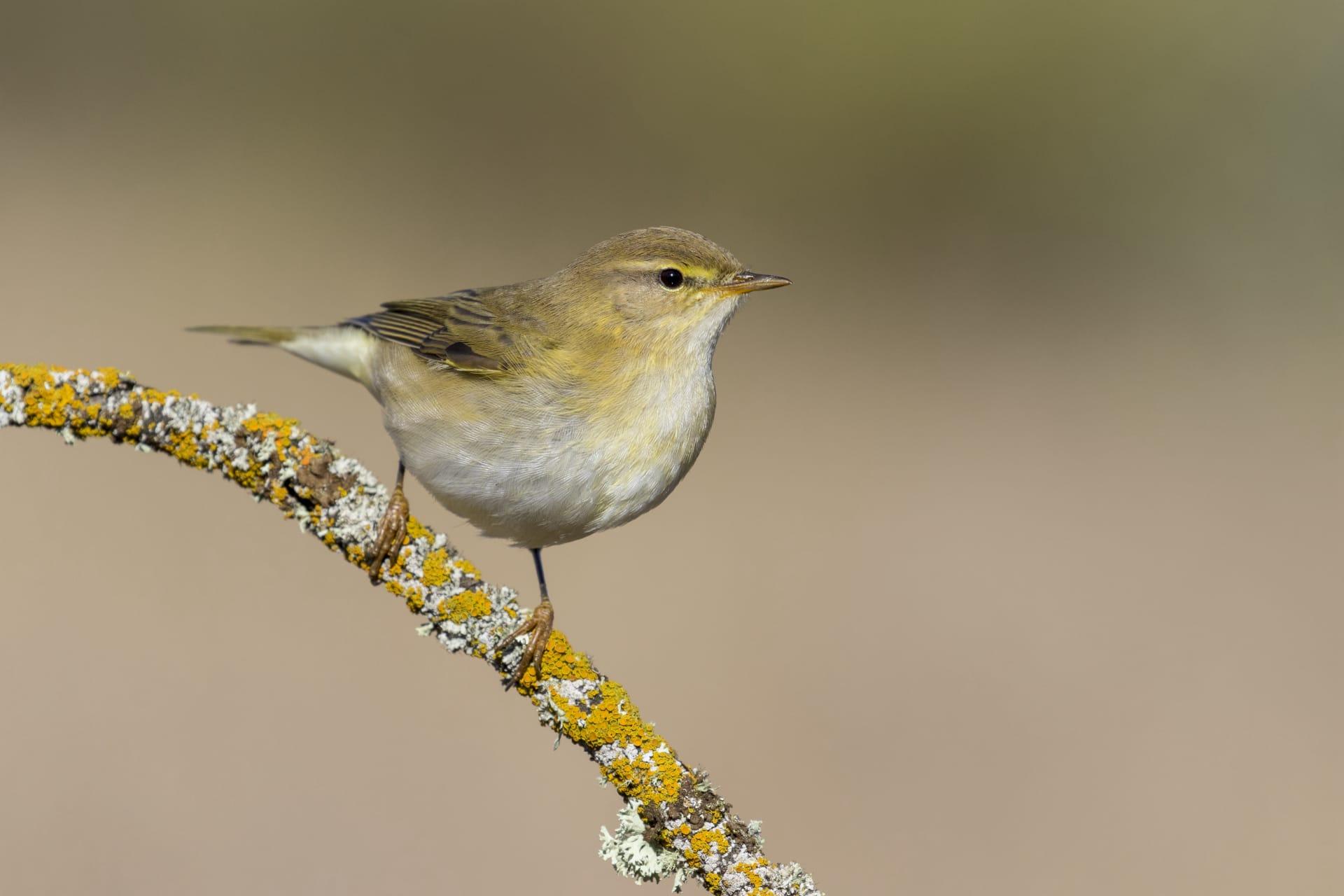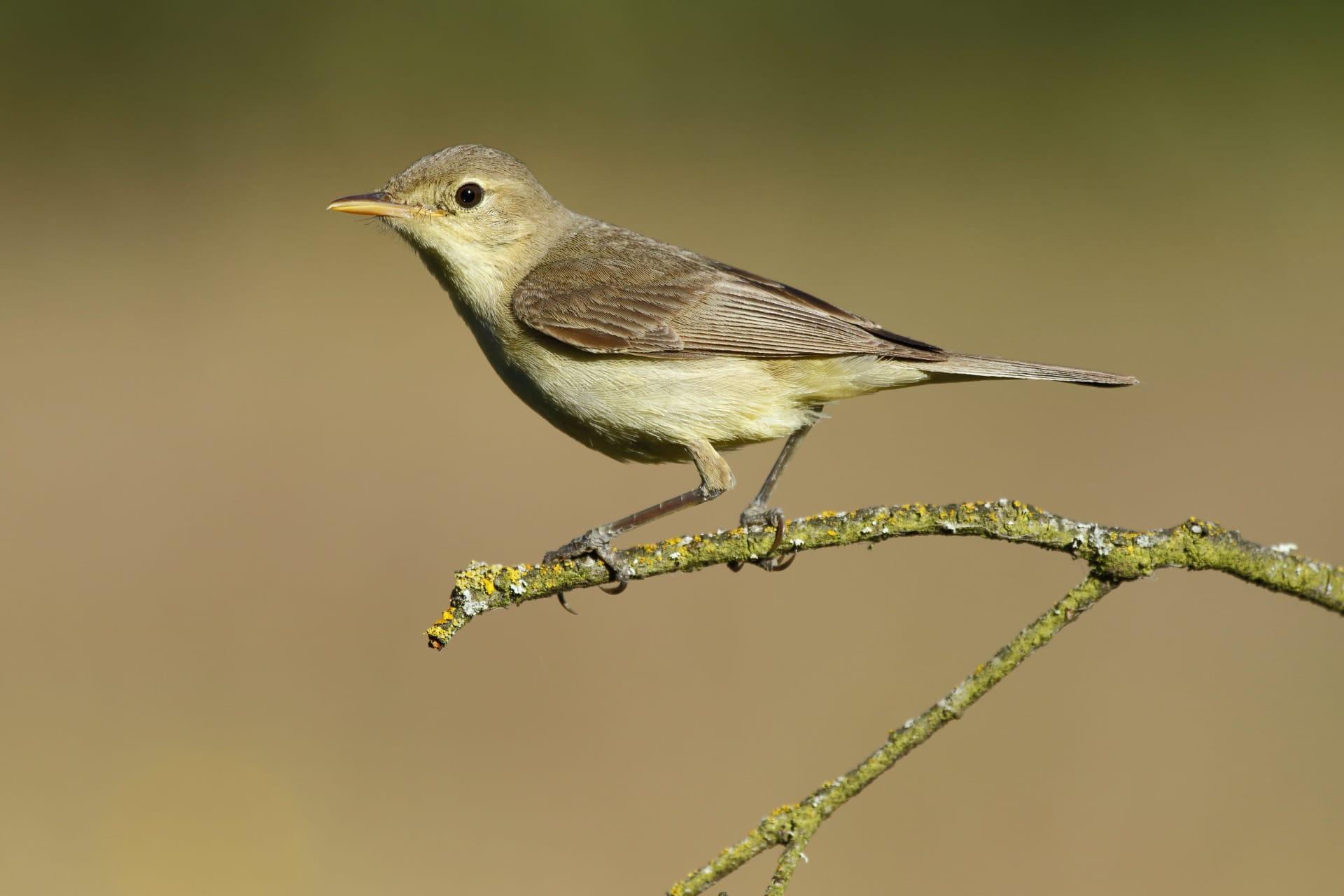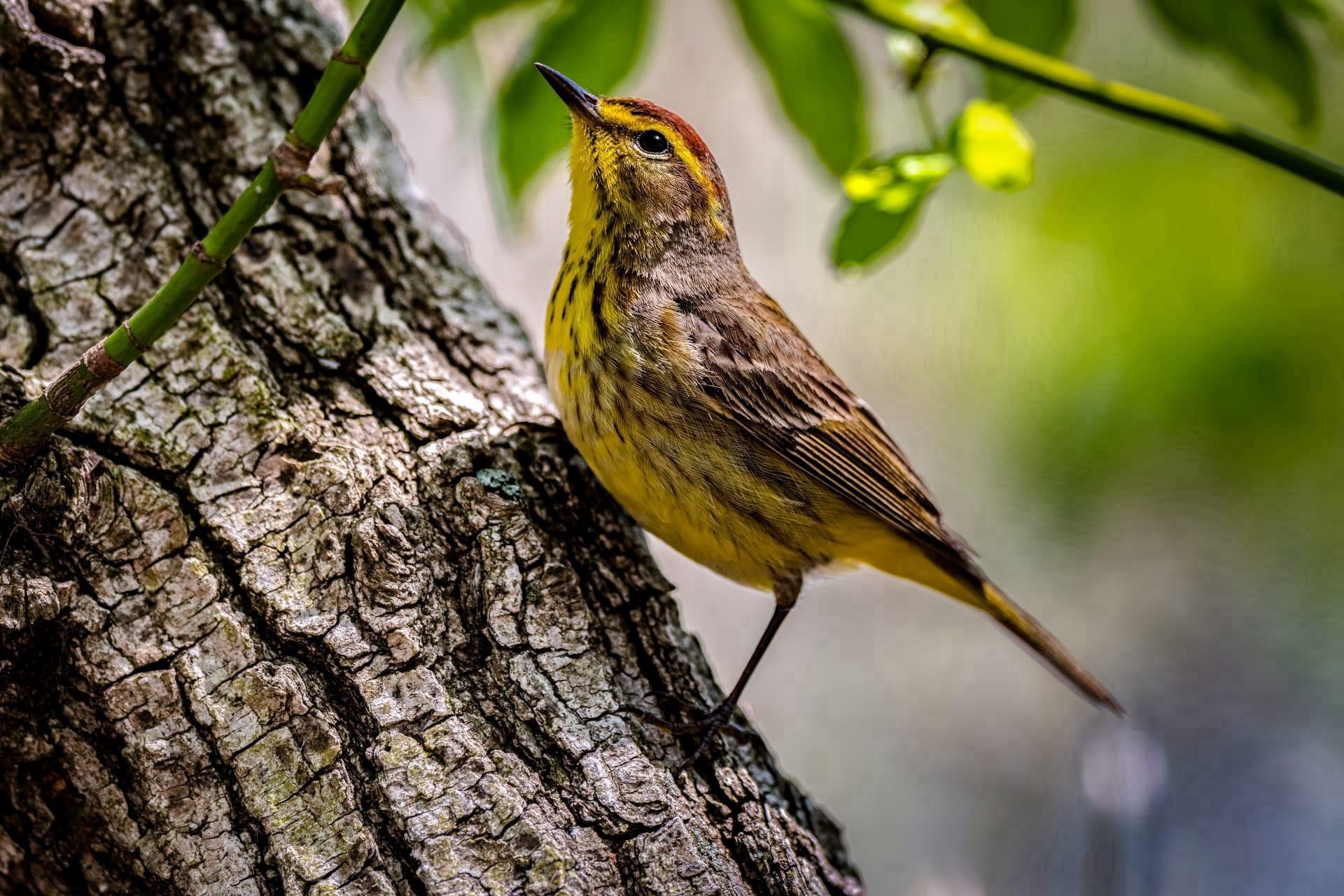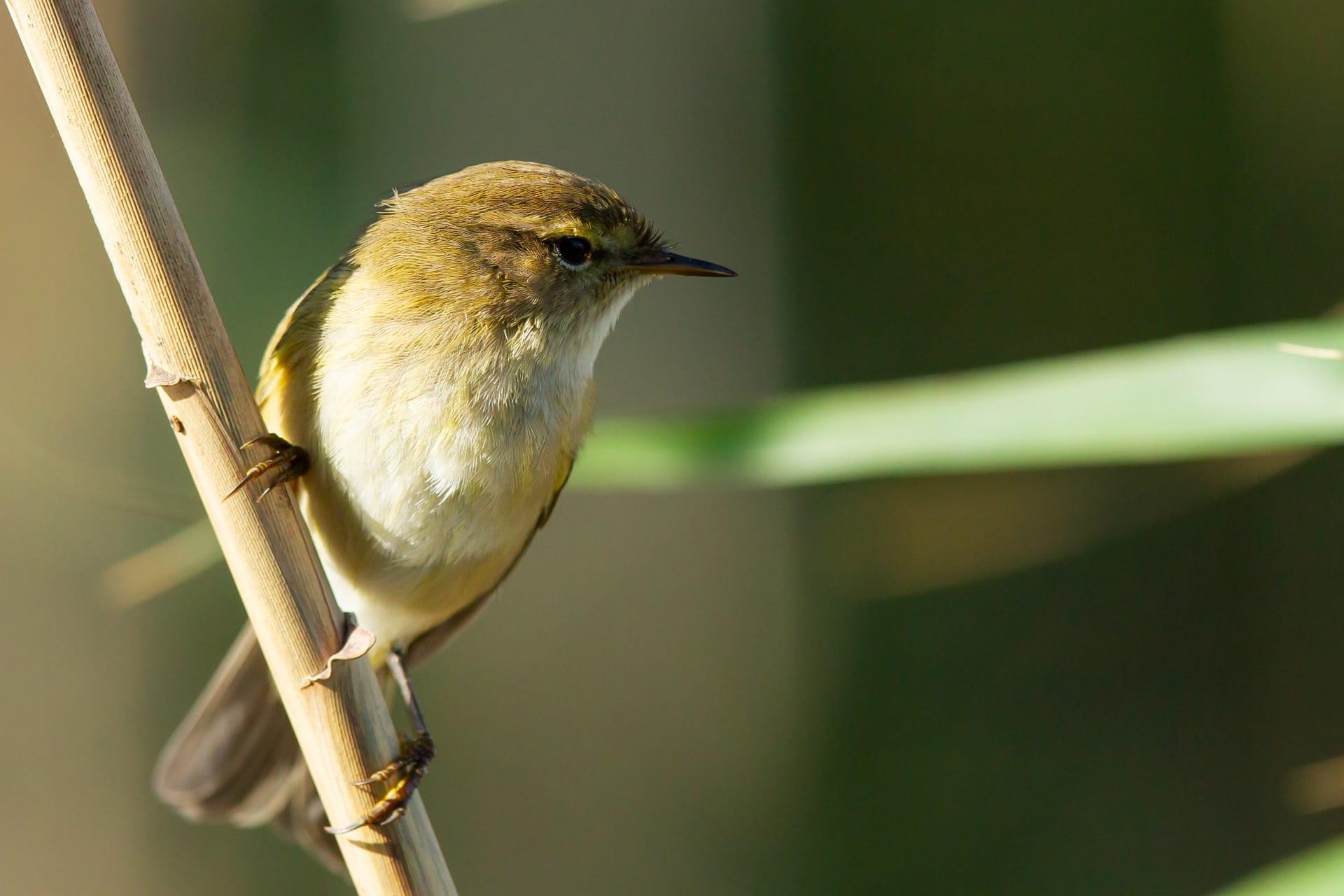Warbler
- Home /
- Mini Encyclopedia /
- Animal /
- Warbler
1
Warblers, small yet vibrant songbirds, belong to the family Phylloscopidae and the order Passeriformes. This family comprises over 70 species. They are known for their slender builds and pointed wings, which are key to their agility in flight. Warblers generally range from 9 to 15 centimeters in length, with a weight span of 5 to 20 grams, depending on the species. Their plumage varies widely, featuring a mix of greens, yellows, and browns, helping them blend into their leafy habitats. Each species of warbler has unique vocalizations and songs, making them a favorite among bird enthusiasts.
Warblers are predominantly found in the Northern Hemisphere, with their distribution spread across North America, Europe, and Asia. These birds are highly migratory, exhibiting remarkable journeys between breeding and wintering grounds. North American warblers, for instance, migrate to Central and South America during the winter. In Europe and Asia, warblers are found in a variety of habitats, ranging from dense forests to scrublands. The highest diversity of warbler species is found in the Himalayas and Sub-Saharan Africa, showcasing their adaptability to different environmental conditions.

2
Question: Do warblers sing only during the breeding season?
Answer: Contrary to popular belief, warblers don't restrict their singing to just the breeding season. While it's true that males are most vocal during this period, using their songs to attract mates and defend territories, warblers can be heard singing at various times throughout the year. The intensity and frequency of their singing vary with factors like weather, time of day, and geographical location. Some species even modify their songs outside the breeding season, often simplifying them or singing in a lower key.

3
Warblers have evolved a range of survival strategies to thrive in their environments. One key strategy is their migratory behavior. Many warbler species undertake long, arduous journeys annually to exploit the seasonal abundance of food and nesting sites. For instance, the Arctic Warbler travels over 12,000 kilometers from Southeast Asia to the Arctic tundra for breeding.
Another survival tactic is their foraging behavior. Warblers are primarily insectivores, adept at catching insects mid-flight or foraging among leaves and branches. Their slender, pointed beaks are perfectly adapted for picking small insects and larvae from foliage. Additionally, warblers are known for their cryptic plumage which camouflages them against predators. They also exhibit a high rate of metabolism, requiring constant food intake to maintain their energy levels, particularly during migration.

4
In the ecosystem, warblers play a vital role in insect population control. Their diet consists mainly of insects and spiders, making them natural pest controllers. By feeding on a wide variety of insects, they help maintain a balanced ecosystem, preventing any single insect species from becoming too dominant.
Warblers also contribute to plant pollination and seed dispersal. While their primary diet is insects, some warbler species consume berries and nectar, aiding in the pollination of flowers and dispersal of seeds. This not only benefits plant species but also ensures a diverse food web. Warblers, in turn, are prey for larger birds and animals, forming a crucial link in the food chain.

5
Film: "The Secret Life of Warblers" (United Kingdom, 2018) - This documentary delves into the hidden world of warblers across Europe. It showcases their migratory journeys, breeding behaviors, and the challenges they face due to climate change and habitat loss. Stunning visuals and expert commentary provide insights into the resilience and adaptability of these small birds.
Book: "Warblers of North America: A Comprehensive Guide" (USA, 2020) by David Sibley - This detailed guide offers an in-depth look at the various warbler species found in North America. It includes information on identification, behavior, and habitats, complemented by vivid illustrations and range maps. Sibley's expertise brings these birds to life for both amateur birdwatchers and seasoned ornithologists.
Book: "The Warbler Guide" (United Kingdom, 2017) by Tom Stephenson and Scott Whittle - This comprehensive book covers all aspects of warbler identification, including songs, call notes, and visual cues. The authors provide a thorough overview of the warbler species found in Europe and Asia, with a focus on their distinct characteristics and behaviors. The book is richly illustrated with photographs and sonograms, making it an invaluable resource for bird enthusiasts.